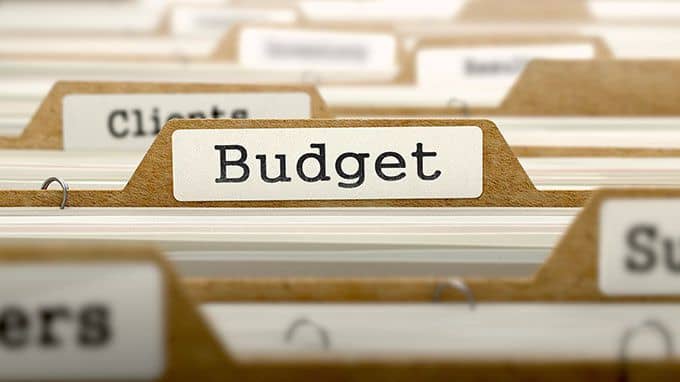
While most large corporations have a finance department dedicated to all things budgetary, for growing businesses the brunt of the budget workload falls to business owners and management.
This is the perfect time to remember why your business needs a budget– and how to get the most from yours.
Financial statements and profit & loss reports are just part of the business equation – but it’s your financial budget that provides critical context by providing a base against which your performance can be measured.
Having your budgetary information in hand can help you better identify points in your profit and loss statements where you either performed really well, or went completely off the rails.
Understandably, many business owners find budget planning to be frustrating.
It’s difficult to predict your operating costs over the course of a single year, as well as provide cushion for any unforeseen financial challenges that may pop up. However, planning for your annual budget can be slightly less maddening if you break up the year.
By taking a quarterly approach, you can use the past six months of your actual income and expenses as starting points to gauge how much you will need for the upcoming quarter.
Doing a budget quarter by quarter can give you a better sense of your business and help you create longer-term budgets in the future.
Of course, a budget is only an estimate of revenues and expenditures; actuals are the recorded revenues and expenditures at a given point in time.
Your budget is only an approximation of what the future holds; a little variance is to be expected.
It’s when your actuals deviate immensely from your budget that you need to take a harder look at the numbers to uncover fact from fiction.
If you notice significant variances between your operating and actual budgets, there are some points to consider...
- Examine which of your business activities didn’t perform to the expectations you set forth in your budget. Some occurrences are simply beyond our control, such as a downturn in the economy or a loss of business because of a storm or natural disaster. Other times, losses are related to an internal decision or process that needs to be adjusted.
- Noting discrepancies helps you to become a better forecaster. The more you review your budget and actuals, the better you can become at forecasting your expenses.
- Establishing a working budget takes time, so it helps to take advantage of available tools that alleviate some pains from the process. For example, producing budget versus actual reports is relatively easy if your business is tracking its financials with QuickBooks® accounting software.
You can generate a report by clicking on Choose Reports -> Budgets and Forecasts -> Budgets and Actuals.
QuickBooks will compare your budgeted amounts to your actual income and expenses for you. Negative amounts in the report show that you are under budget while positive amounts mean you are over budget.
As with any business process, what gets measured gets managed.
Creating a living, breathing budget is well worth the effort when the outcome is a realistic understanding of your business’s overall financial health and viability.

.png?width=563&height=144&name=New%20GF%20Logo%20(37).png)

